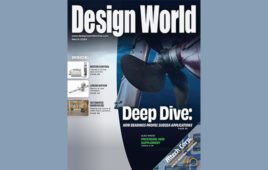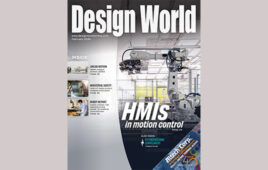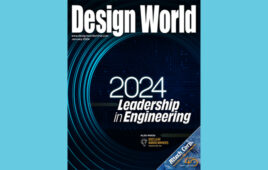The danger of treating autonomous vehicle control as a solved problem
A panelist made an interesting comment during the recently concluded TU-Automotive connected car conference near Detroit. It happened during one of the many sessions devoted to software infrastructure and connected services.
“In Silicon Valley, autonomous vehicle control and driving is viewed as a solved problem. The real emphasis is on making use of the associated data for connected services,” said a speaker from a software start-up.
What was noteworthy about this comment was the smug tone with which it was delivered. But the self-satisfied nature of it seems out-of-whack in that statistics show a self-driving car failed roughly every three hours in California during 2016. This data comes from the state’s Dept. of Motor Vehicles. Carmakers testing self-driving cars in California must file annual “disengagement” reports with the state showing how many times their vehicles malfunctioned. The definition of a disengagement includes every time a human driver has to quickly grab the controls, either because of hardware or software failure or because the driver sees a problem.
The reports cite 2,578 failures among the nine firms that conducted road-testing in 2016. The total autonomous miles driven aren’t impressive, coming in at a little under 657,000 with the vast majority of those miles accumulated by Google-parent Alphabet’s spin-out company Waymo. For comparison, Tesla’s Elon Musk has estimated that worldwide regulatory approval of driverless vehicles will require something on the order of six billion miles of data.
It’s probably safe to say that most people engaged in autonomous vehicle development see nothing sinister about the number of reported disengagements. None of this year’s disengagements resulted in an accident. And it is clear that some of them happened during tests of subsystems. Bosch and Delphi, for example, — both Tier One automotive suppliers — were at the top of the disengagement list. It’s likely their engineers were using city streets to get real-world performance data for R & D projects, not ironing out the last few bugs in prototypes.
Nevertheless, the results cited in the California report don’t inspire confidence about the reliability of autonomous systems. This is particularly so because some autonomous vehicle developers have a loose idea of what constitutes a disengagement. Waymo’s definition, for example, doesn’t include every time a human driver is forced to take over. Its disengagement count – just 124 in its 60 self-driving cars during 2016 — only includes incidents where something unsafe would have happened if the human driver weren’t there. In contrast to what it reports, Waymo admits its drivers have to go hands-on many thousands of times annually.
Critics claim these results indicate the technology isn’t ready for prime time and won’t be for the foreseeable future. They also note that at least one firm – Uber – stopped a self-driving pilot program in San Francisco in favor of running tests in Arizona and Pennsylvania, states where failure reports aren’t required. Such tactics have bloggers questioning whether it makes sense to unleash autonomous technology on public streets at this stage of the game. Says one about autopilot systems, “Drivers should not be Guinea pigs and misled into a false sense of confidence.”
Such tactics have bloggers questioning whether it makes sense to unleash autonomous technology on public streets at this stage of the game. Says one about autopilot systems, “Drivers should not be Guinea pigs and misled into a false sense of confidence.”
Which brings us back to the comments made during the TU-Automotive show. People in self-driving vehicle technology do themselves no favors when they come across as cavalier about the shortcomings of current autonomous systems. Nobody needs the perception that a traffic accident involving a self-driving vehicle is just a bug report incident for software engineers.
Filed Under: Automotive, DIGITAL ISSUES • DESIGN WORLD, DIGITAL ISSUES • EE WORLD





Tell Us What You Think!